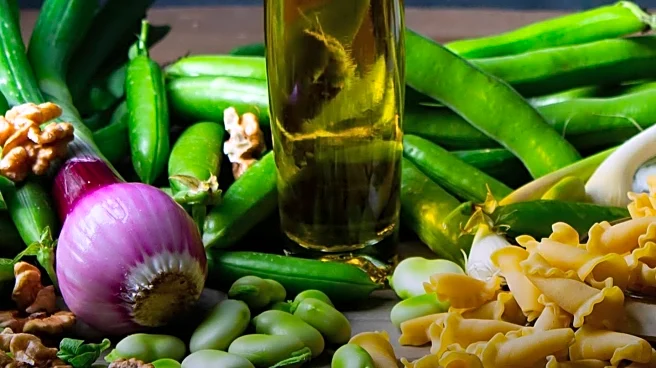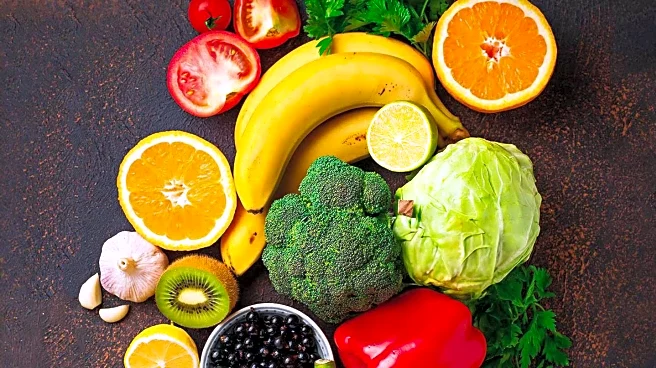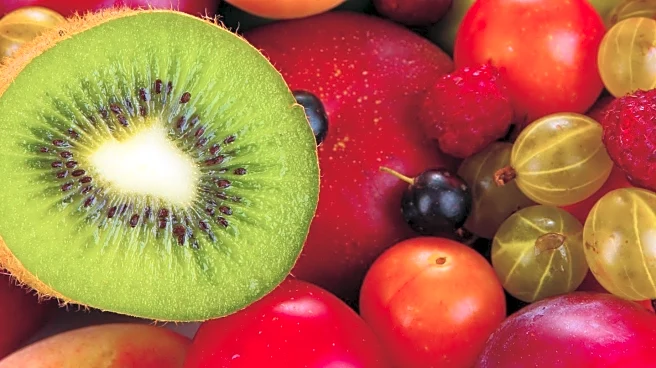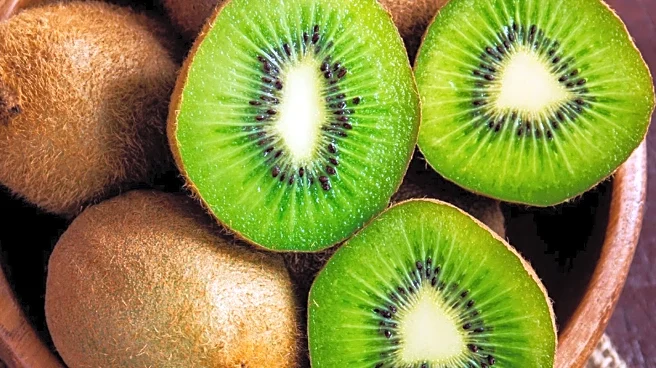What's Happening?
Resistant starch, found in foods like cooked and cooled potatoes, green bananas, and oats, is gaining attention for its potential benefits in athletic performance and gut health. When these foods are cooked and cooled,
their starch structure changes, making them less digestible and more 'resistant.' This type of starch travels to the large intestine, where it fuels beneficial gut bacteria. The slow digestion of resistant starch leads to stable energy levels, enhanced fat oxidation, and improved metabolic flexibility, which are advantageous for athletes. Additionally, it supports gut health by producing short-chain fatty acids that reduce inflammation and improve recovery.
Why It's Important?
The integration of resistant starch into athletes' diets could revolutionize nutritional strategies by providing a natural way to enhance performance and recovery. Its ability to stabilize energy levels and reduce inflammation can help athletes maintain endurance and recover more efficiently. This dietary shift could also benefit the general population by promoting gut health and reducing the risk of chronic diseases associated with inflammation. As more athletes and health enthusiasts seek natural dietary solutions, resistant starch offers a promising option for improving overall health and performance.
What's Next?
Athletes and nutritionists may increasingly incorporate resistant starch into training diets, focusing on foods like cooled rice and potatoes. Further research could explore the long-term effects of resistant starch on athletic performance and its potential role in preventing chronic diseases. Public awareness campaigns might also highlight the benefits of resistant starch, encouraging its inclusion in everyday diets for both athletes and non-athletes.











